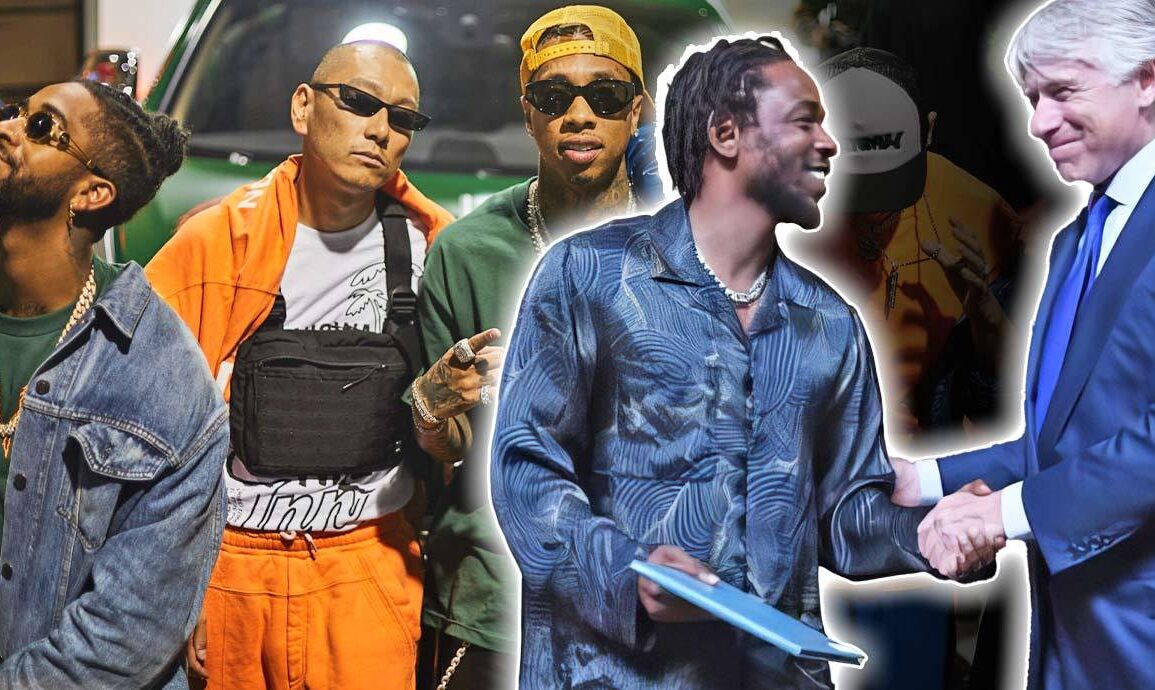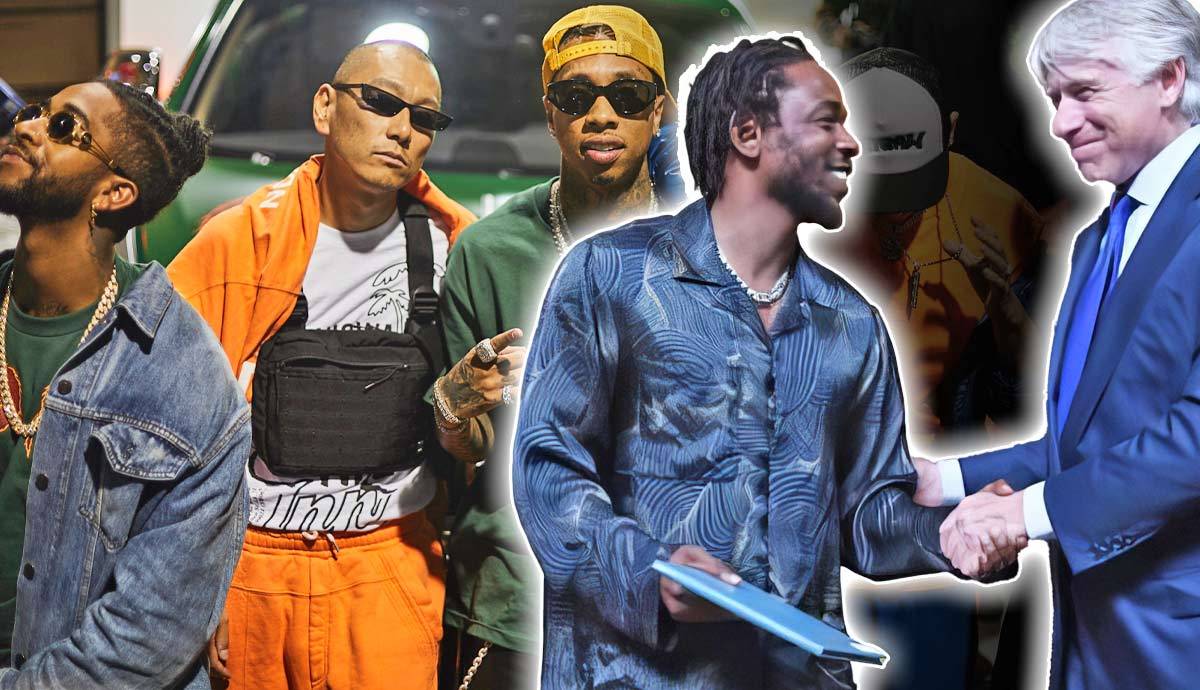
As you probably already know, hip-hop music was born in the ghetto and is characterized by rhythmically spoken text and strong beats. But despite having become the most popular music genre in the United States, hip-hop continues to stir controversy. While some hail it as an art form that brings social issues like racism and systemic poverty into the minds and hearts of its listeners, others critique it as something that glorifies violence, drug abuse, and the mistreatment of women.
The Origins of Hip-Hop
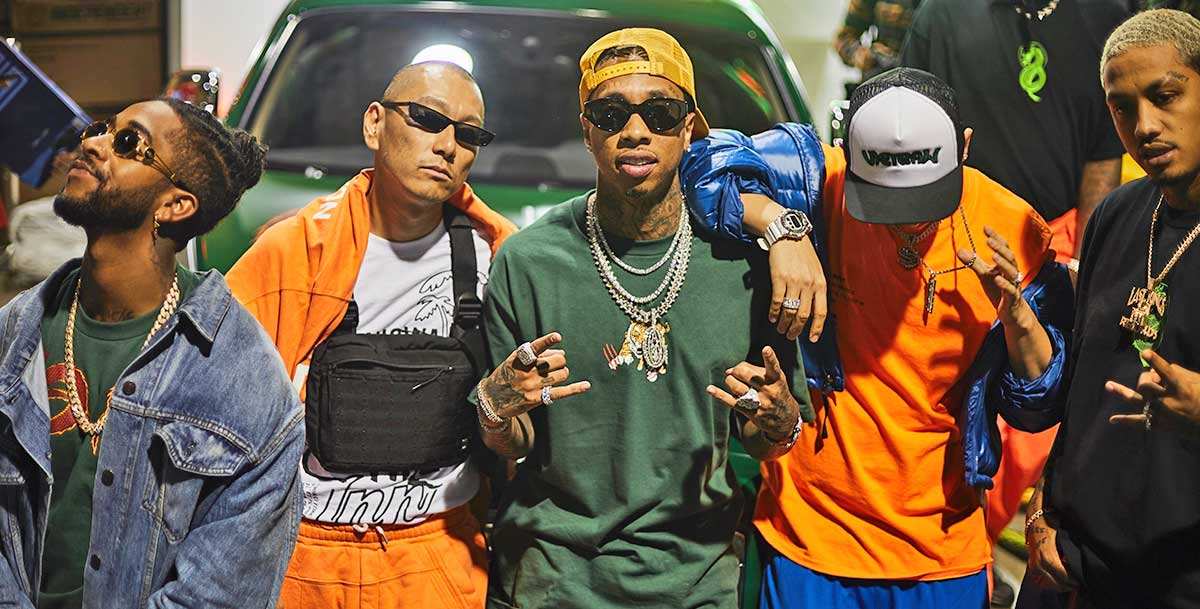
Of course, it is impossible to throw all hip-hop music into the same pot. And yet, a look at its roots will help us understand why hip-hop, even in its seemingly superficial forms, truly is an art form of resistance. While there are some disagreements about where exactly hip-hop started, it is safe to say that it is a cultural movement that originated in the ghettos of 1970s New York. The 1970s were a particularly tough time, as the USA faced a financial crisis and many workers lost their incomes.
However, according to Jonathan Mahler, the term fiscal crisis didn’t approach the raw reality, spiritual crisis was more like it. This is hardly surprising. The economic problems were only the tip of the iceberg in a country that still carried the traces of slavery. And while the media continued to sell the white-picket-fence idea of the American dream, the country continued to be riddled with racial discrimination and social inequality.
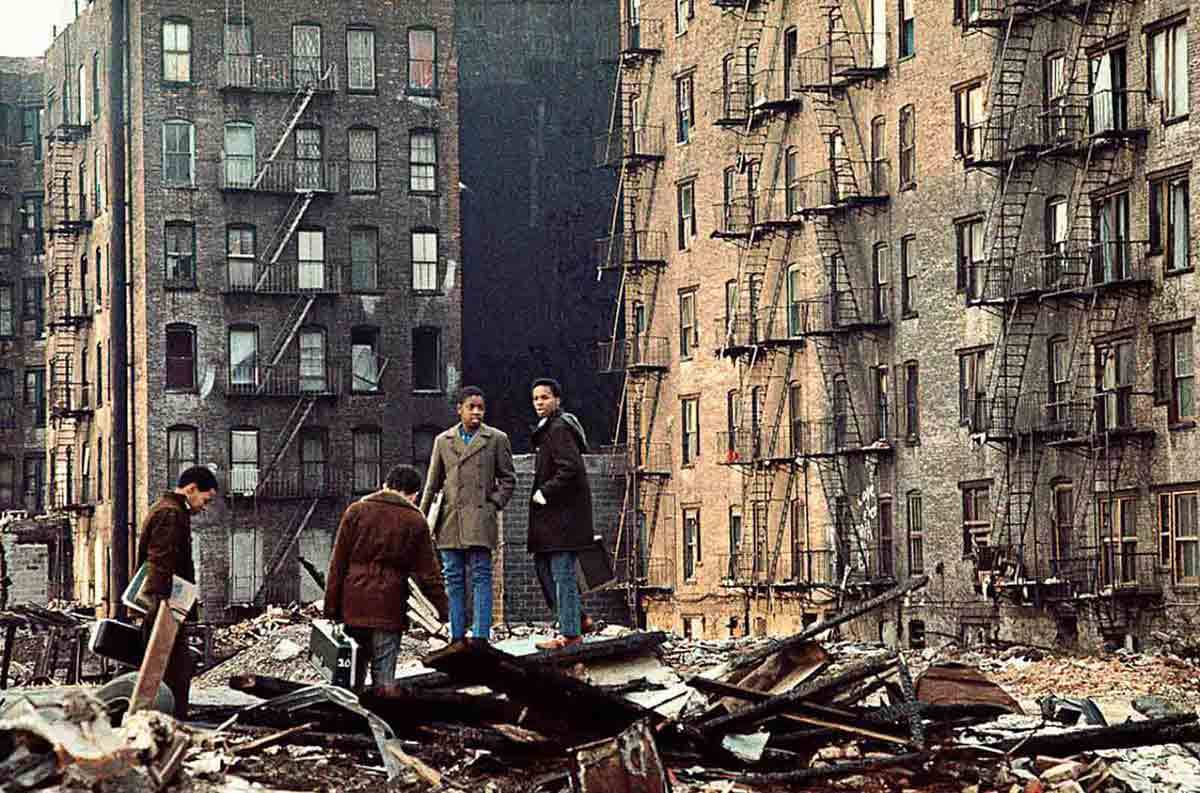
The hardships of the times particularly affected the people who were already at the bottom of society. Many Black-American, Latin-American, and Caribbean-American youths found themselves living in run-down, violence-riddled neighborhoods with little perspective of a better future. But instead of letting their circumstances grind them down, they started using art as a way of escape and self-empowerment. This gave rise to hip-hop, a cultural movement that continues to give hope to people battling difficult circumstances up to this day.
Get the latest articles delivered to your inbox
Sign up to our Free Weekly Newsletter
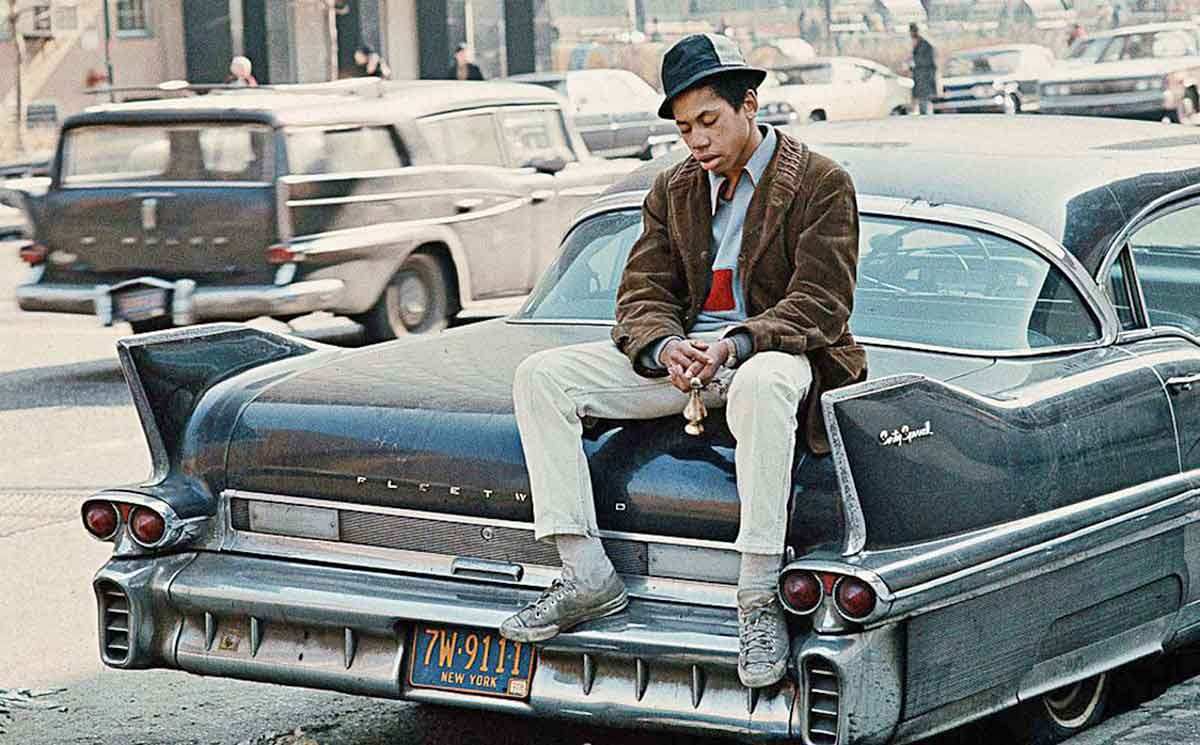
When we think of hip-hop, we usually think of music, but hip-hop is so much more than that. In fact, it includes MCing (rapping), DJing, breakdancing, and graffiti. Together, these elements formed an outlet for young people who needed to express their feelings through art. And as they did not have access to the museums, theaters, and concert halls that were visited by New York’s elite, they turned the street into their dancefloor, and the city walls into their canvas.
Sedgwick Avenue 1973: The First-Ever Hip-Hop Party?
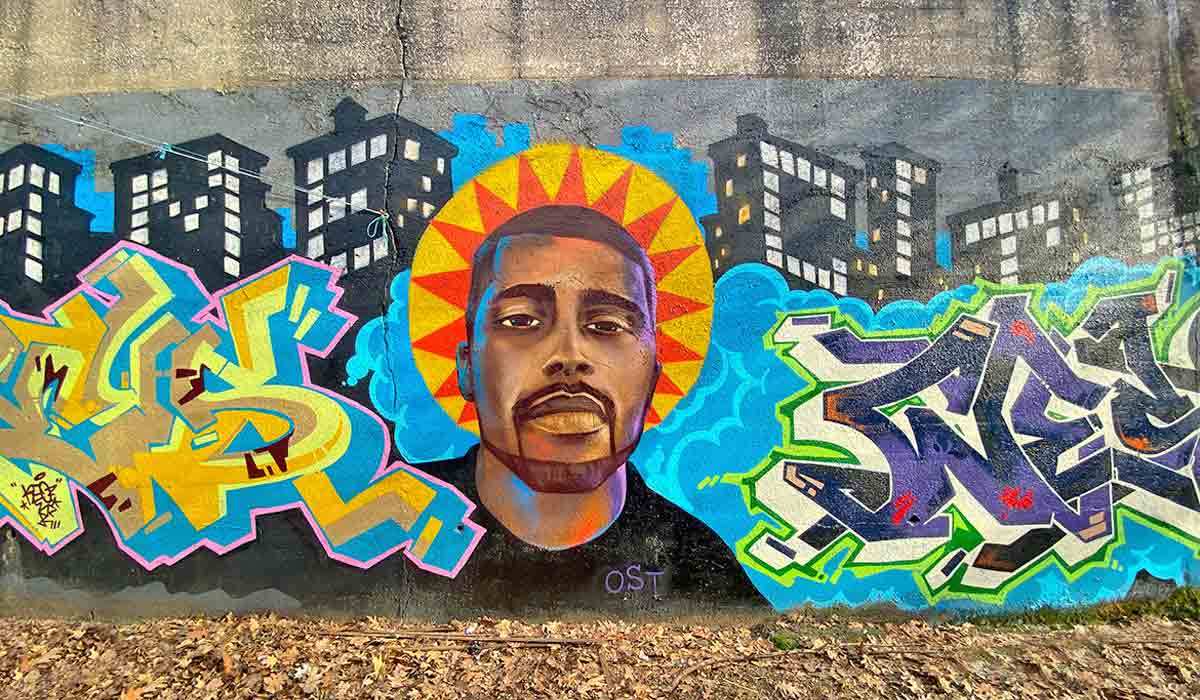
While graffiti, rapping, DJing, and break-dancing were largely practiced on the streets, the hip-hop movement also gained fame for its legendary block parties. The MC DJ Kool Herc was one of the fathers of hip-hop. According to many sources, a party he threw in his house on the 11th of August 1973 was the first hip-hop party ever.
It was just a party that we were giving for our friend and to raise some money, his sister Cindy Campbell reminisces in a rare interview. While it may sound crazy that an entire cultural movement can be traced back to some young kids trying to make some extra cash, there is a strange beauty to this. In the modern world, many have come to associate art with elite places like the Louvre or the New York City Ballet. And yet, some of the most powerful art forms like jazz were created by the most disadvantaged and oppressed members of the society.
From the Ghetto to the Mainstream
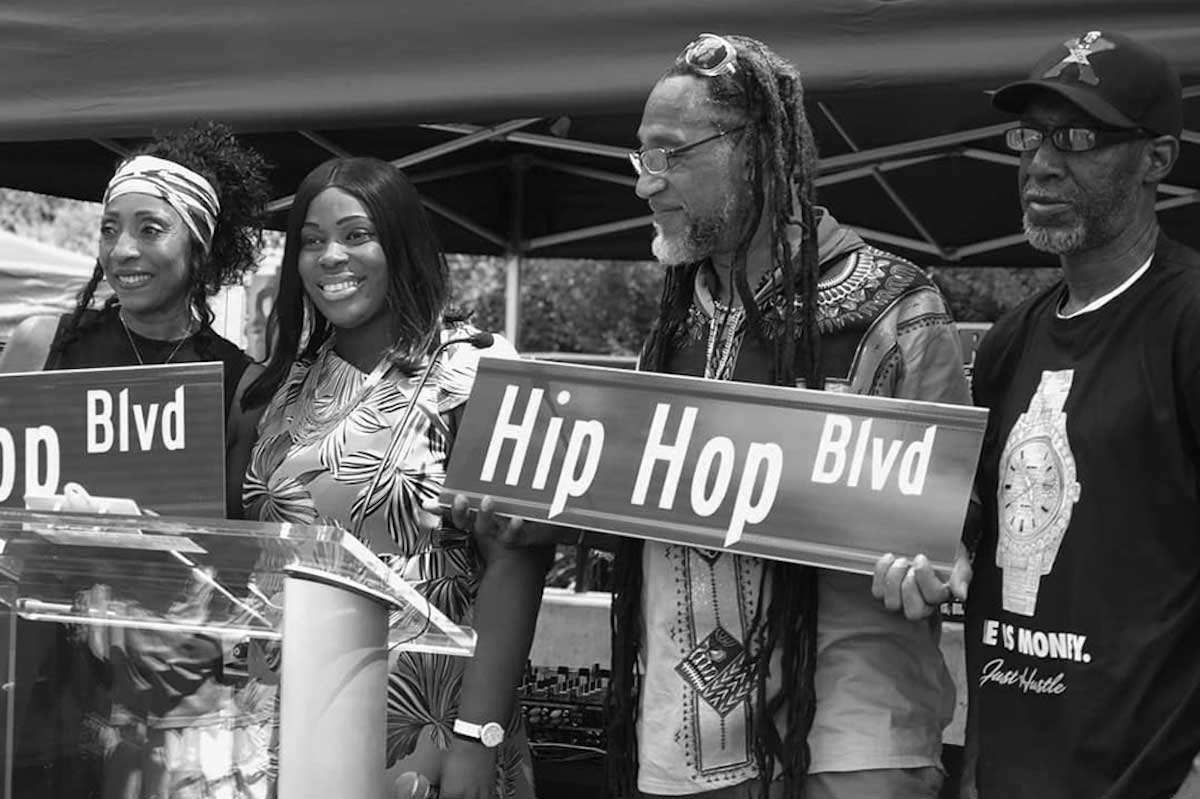
Even though hip-hop started in the ghettos of New York, it didn’t take long for the rest of society to start taking note. Rappers`s Delight, a song released by the Sugarhill Gang in 1980, became the first hip-hop song to enter the charts.
With lyrics like Everybody go: Hotel, motel, whatcha gonna today? Cause I´m a get a fly girl, gonna get some spank and drive off in a def OJ the song jokingly references sex and a playboy lifestyle. But as songs like The Message by Grandmaster Flash show, hip-hop was much more than party music. It was a way of giving a voice to the harsh reality lived by the artists and many of their listeners:
Broken glass everywhere
People pissin’ on the stairs, you know they just don’t care
I can’t take the smell, can’t take the noise
Got no money to move out, I guess I got no choice
Rats in the front room, roaches in the back
Junkies in the alley with a baseball bat
I tried to get away but I couldn’t get far
Cause a man with a tow truck repossessed my car
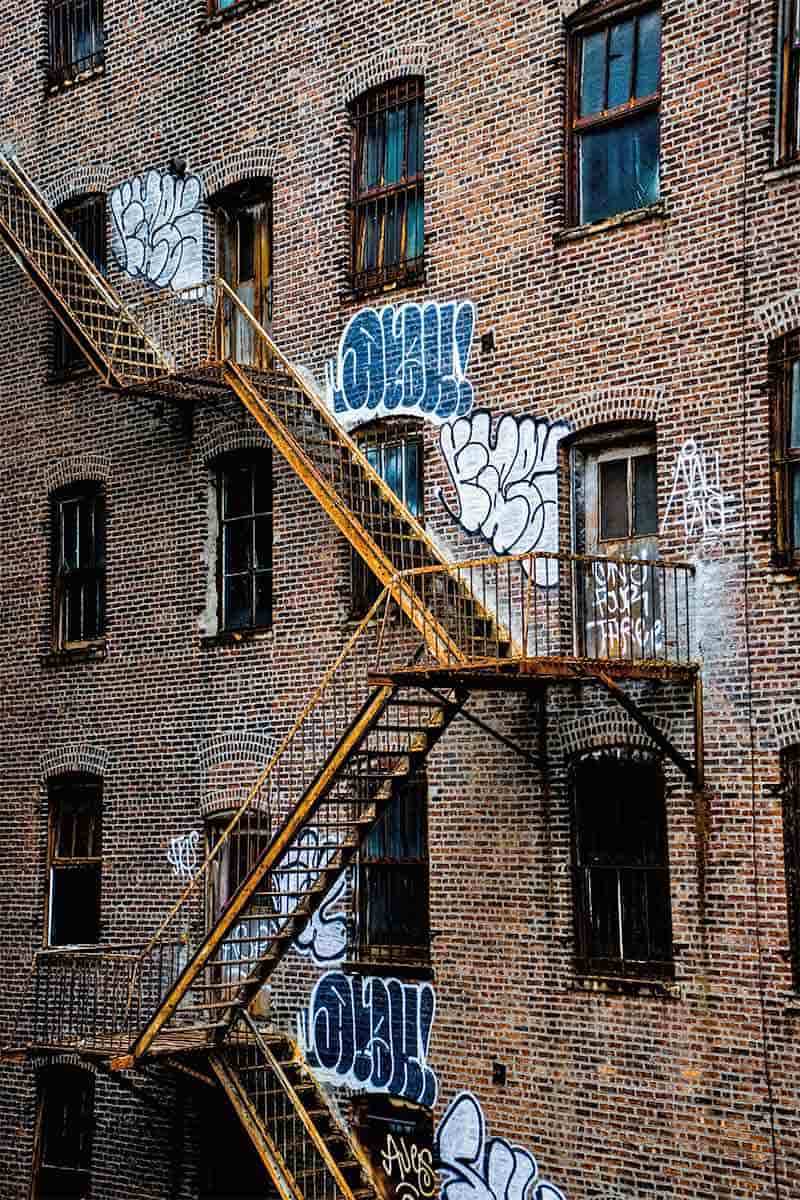
By packing their message into a funky beat, hip-hop musicians were pointing at social injustices while simultaneously uplifting the energy of their listeners. While many commentators continue to call graffiti art vandalism and criticize rap artists for glorifying violence and drug use, this only shows how little the elite understood the reality faced by people living in the ghetto.
The Commercialization of Hip-Hop and The Hip-Hop Dilemma

As hip-hop continued to gain popularity, it became more commercialized. Today, hip-hop artists make millions of dollars in advertising deals. Whether it`s Cardi B and Balenciaga, J Cole and Puma, or Travis Scott and McDonald’s—the world’s biggest brands have understood the selling power of hip-hop artists.
The fact that artists belonging to a cultural movement that was all about social resistance are publicly endorsing big, capitalist brands may seem strange at first. Shouldn´t they advocate against consumerism and a capitalist system stacked against minority groups? This question points toward one of hip-hop’s core dilemmas.
Big houses, expensive cars, designer shoes, and beautiful girls—it would be all too easy to interpret many hip-hop songs as a superficial promotion of capitalist values. And despite being described as poetry of the street, hip-hop continues to get bad press for endorsing violence, drug use, and derogatory treatment of women. But are these criticisms really justified?
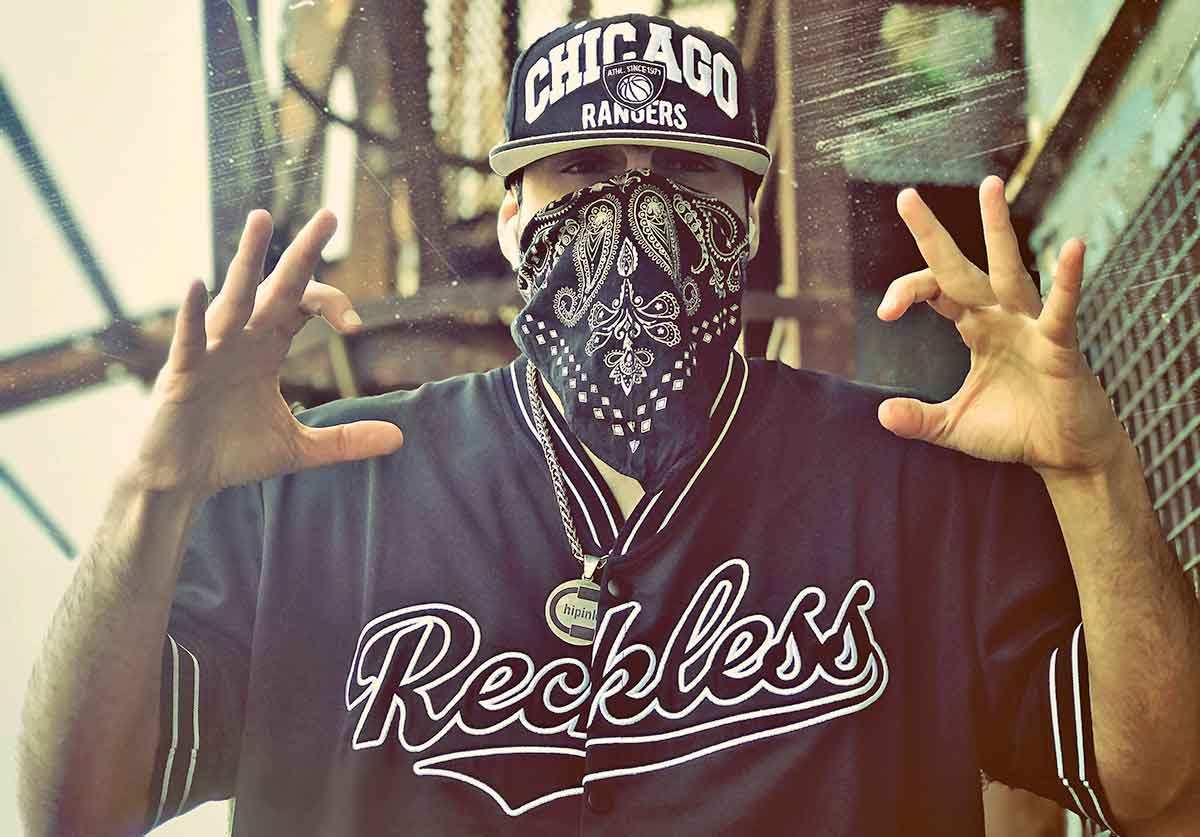
Apart from the fact that many hip-hop artists are in fact openly speaking out against violence, drugs, or sexism in their lyrics, even seemingly superficial songs about money and booty have a deeper socio-political dimension. Hip-hop is a cultural movement originating with black and other disadvantaged communities living in the ghettos. For many of the people who grow up in such environments, material success is something that feels completely out of reach. This means that every time a hip-hop artist raps about their expensive car or money in the bank, said artist is making a socio-political statement.
By playing with images of capitalist luxury, hip-hop artists are showing the elites that they are no longer willing to stay in the place that was assigned to them by a highly racist and unjust system. They are also encouraging young kids from the ghetto to dream bigger. In this sense, what may look like the glorification of consumer goods, can also be interpreted as empowering people of disadvantaged backgrounds to break the barriers of wealth and success.
The same goes for the so-called glorification of violence and drug use. When artists rap about such topics, they are simply sharing the reality they see around them. By openly talking about the difficulties experienced by people in the ghetto, they are giving a voice to many members of their community.
The Future of Hip-Hop
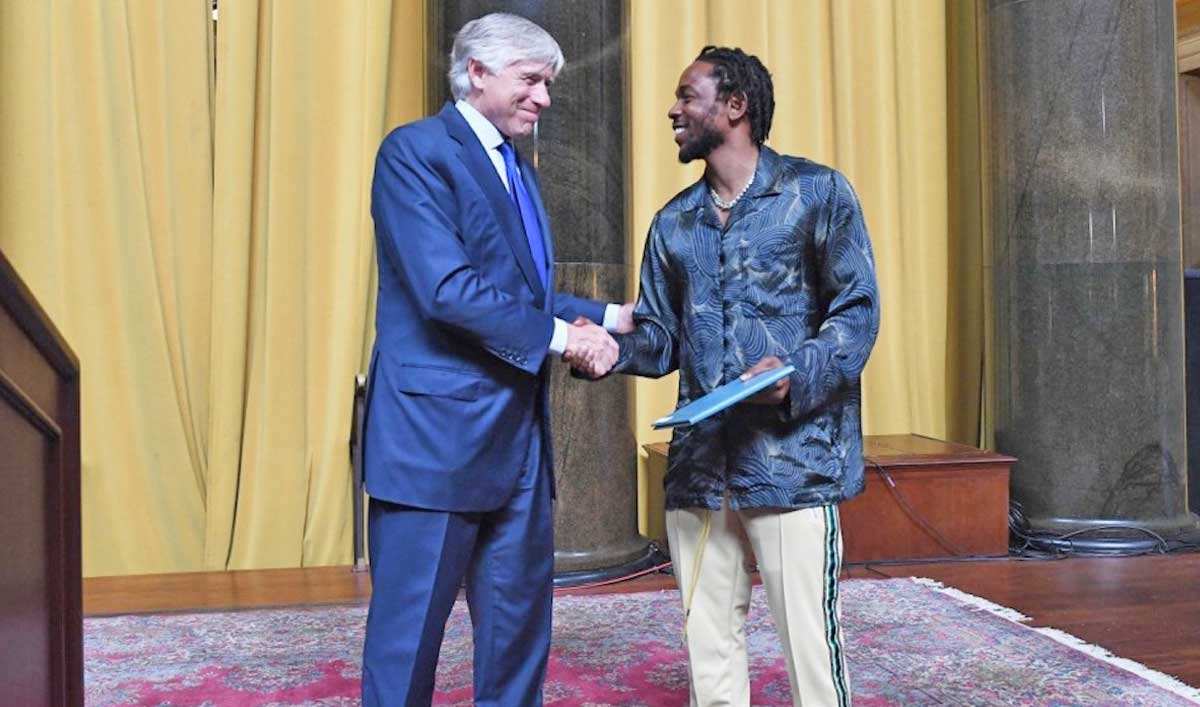
Despite the fact that hip-hop continues to suffer a lack of recognition as a serious art form, it is clear that things are changing. In 2017, Kendrick Lamar became the first hip-hop artist to win the Pulitzer Prize. The following year the Nielsen Report confirmed that the genre had surpassed rock as the most popular genre.
But that`s not all. In 2022, we saw the first hip-hop Superbowl Half-Time Show, breakdancers are being endorsed by brands like Red Bull and graffiti artworks are being exhibited in museums.
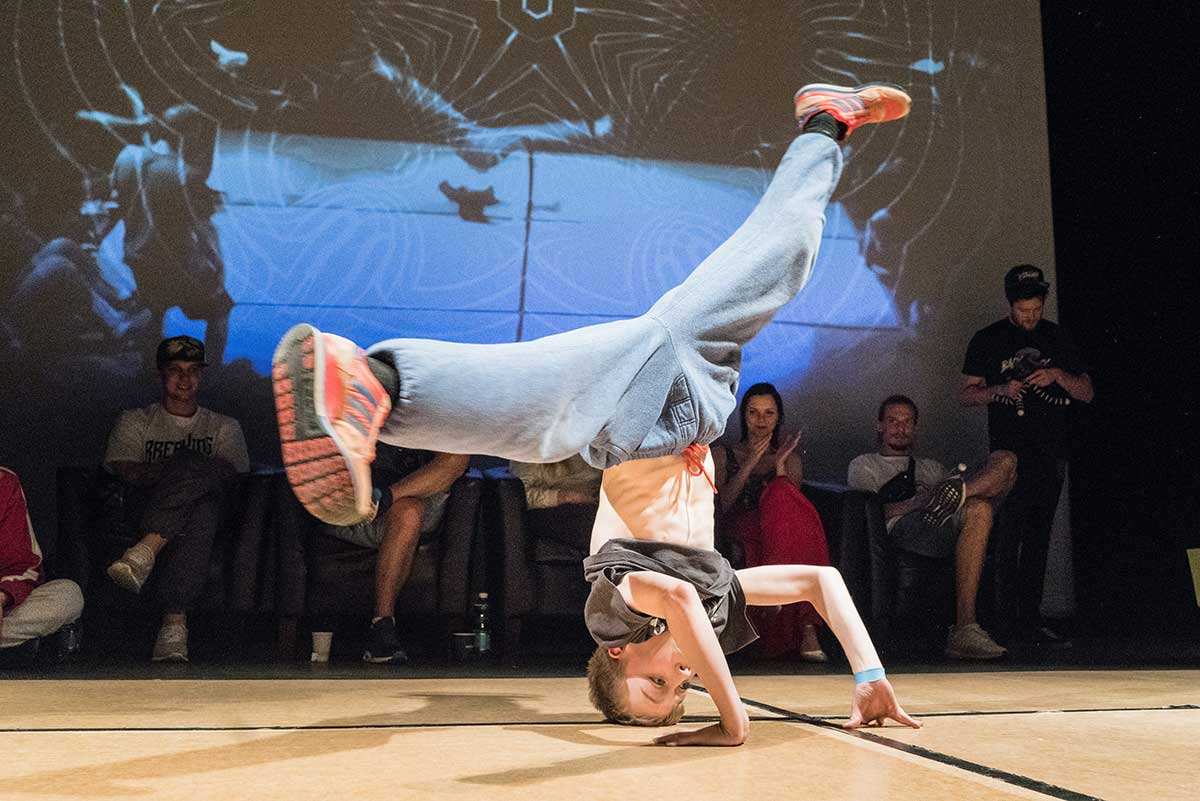
Despite its commercial successes, hip-hop is an art form that continues to tear down social, political, and national barriers. By refusing to let themselves be pigeonholed into the category of high or low art, hip-hop artists have created an explosive phenomenon that is revolutionizing the art world and the social systems created by the establishment. In this sense, hip-hop truly is and continues to be the art of resistance.
Whether we are talking about rappers in the ghettos of South America, the famous works of the graffiti artist Banksy, or the sleek choreographies of the Korean K-Pop movement, hip-hop has spread across the entire world and found its way into the hearts of people from all backgrounds.
And as a new generation of hip-hop artists like Lil Nas X, Cardi B, and Frank Ocean show, the genre has already moved way beyond stereotypical or derogatory representations of gender and sex. It remains to be seen where hip-hop will go next.
This post was originally published on this site be sure to check out more of their content.




